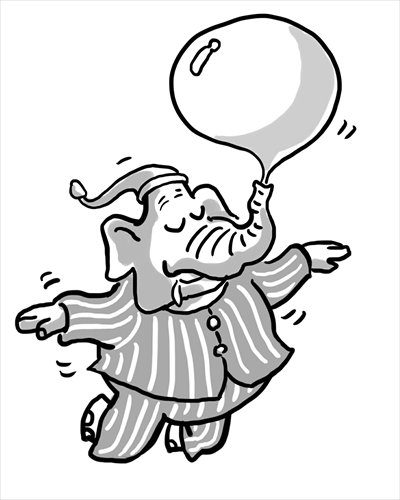HOME >> OP-ED
India must be realistic about factory limits
By Ding Gang Source:Global Times Published: 2014-12-10 22:28:02

Illustration: Liu Rui/GT
I wrote in a column two weeks ago that India can figure out opportunities in manufacturing cooperation by taking over China's sunset industries. However, this idea was misunderstood by some Indian media outlets as that China intended to export its polluting industries to India.
Seeing sunset industries as polluting ones indicates India has blind spots in developing its manufacturing. Didn't those Asian countries that have thrived rapidly since the 1950s and 1960s gradually replace Western counterparts in the global value chain exactly by taking over sunset industries from the West?
If India simply turns down all the sunset industries from Asian countries that have gone faster in the past such as China, Japan and South Korea instead of exploring opportunities from them, its goal of manufacturing advance would remain delusional and unrealistic.
Manufacturing has to be developed on certain conditions that include raw materials, accessories and equipment production, qualified workforce and infrastructure like transportation. India is unlikely to improve its added value when these are absent.
In recent years, I visited small commodity markets in several countries in Africa, Asia and Latin America and found almost all the products there are made in China. The "selfie sticks" that have become popular in Brazil, a plastic extension used to take pictures of yourself with your phone, is a good case to demonstrate where India's disadvantages lie.
The market in Rio de Janeiro has been unable to meet big demands for the sticks in recent weeks. The sticks are purchased from China at $1.50 for the lowest and sold at up to $20 in Rio. There is still a big profit to make from the price difference even after the deduction of expenses on transportation and transfer.
To make such a device doesn't require much expertise, but it involves multiple supporting industries to provide materials for the stick, Bluetooth remote and cell phone stand.
"Made in China" has gone worldwide because after decades of development, well-coordinated supporting industries to produce small commodities in China have evolved. India is unlikely to catch up with China in this respect in the near future.
And even the textile industry, in which India is a global leader, is not that reassuring in general.
Although India is the world's second largest textile exporter, only behind China, it still lags behind China in this regard.
Statistics by the Apparel Export Promotion Council show that in 2013 India's textile exports amounted to about $40 billion while China's were $274 billion.
Of India's textile exports, 40 percent are garments and the ratio is 60 percent in China. And China is better equipped in apparel manufacturing, with costs 30-50 percent cheaper.
China has already moved in the mid-upstream on global textile production chain and enterprises downstream will find it harder to sustain their business. This is where India's opportunities lie.
Manufacturing of garments may not involve advanced technologies or high added value, but it provides what India needs for takeoff. New Delhi can't jump over this stage and directly step into the middle or even upper reaches to compete with China.
After criticizing my previous article, an Indian scholar offered a prescription that India should go toward high-tech and high added value instead of receiving China's sunset industries. Frankly speaking, it may be just an illusion to promote high-tech manufacturing in a country where more than a quarter of the population is illiterate.
India and China have to cooperate to prevent polluting enterprises from entering India. But on the other hand, many Chinese enterprises have drawn their lessons and experiences in environmental protection, which can turn out to be an advantage in this cooperation.
It sounds quite encouraging that India plans to catch up with China in manufacturing, but I hope India won't be misled by alluring slogans.
The author is a senior editor with People's Daily. He is now stationed in Brazil. dinggang@globaltimes.com.cn. Follow him on Twitter at @dinggangchina